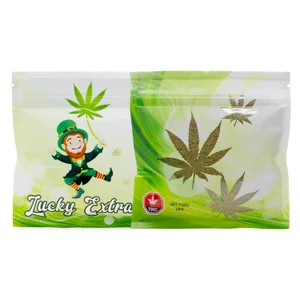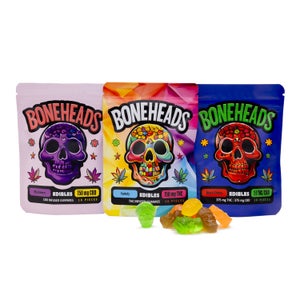How to Grow Weed in Canada
Fimming and topping cannabis plants are both cutting methods used by cannabis growers to improve the shape of the plant (so they can better access light), induce the growth of more colas (flowering sites) and, ultimately, harvest bigger yields. Topping and Fimming are two proven techniques. But which is the best method for training your plants?
‘Topping’ refers to the technique of cutting off the top of the plant in between the nodes. On the other hand, ‘Fimming’ is the process of removing new growths but avoiding cutting between the nodes. While pretty similar, these techniques do produce slightly different effects and often growers have a preferred technique.
Topping
Topping is the process of pruning the growing tip of the main stem of a cannabis plant. This is perhaps the most common HST or high-stress training technique applied by both indoor and outdoor growers. Cannabis growing naturally will typically take on a Christmas tree structure; One dominant, main central cola and multiple sets of side branches. Topping is best applied with a single, clean-cut to the tip of the main stem with sterile scissors. Remove 100% of the tip from the main stem and one cola will become two. Best of all, the process can be repeated again and again to double-down on the number of top colas.
Fimming
Fimming is another HST technique used to increase yield that is similar to topping, but not quite the same. The objective is still to increase the number of main colas. But instead of doubling down, fimming can give rise to 4+ new top colas. This technique is highly recommended for micro-growers with perhaps just 1-2 plants. Simply wait until you have at least 3 nodes on your plant and then pinch the leaves of the most recent node with your finger and thumb.
After a few weeks of the fimming taking place, you will be blessed with at least 4 new colas and it will help your plant to grow bushier. However, fimming it isn’t as effective as topping at reducing the height of your plants and, as it isn’t as ‘stressful’ to plants as topping, it might not always achieve the desired effect.



